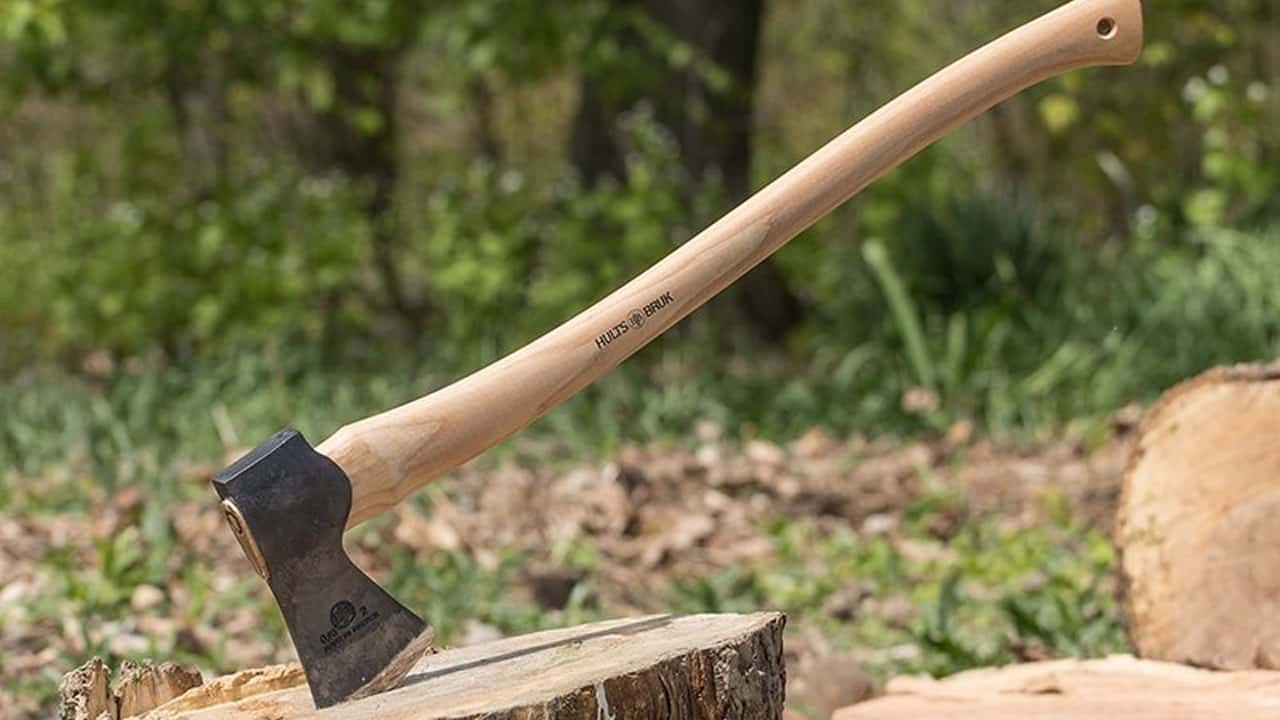
Felling axes have been a vital tool for woodsmen, outdoors enthusiasts, and survivalists for centuries. These axes are specifically designed for cutting down trees and managing woodlands. This comprehensive guide will delve into everything you need to know about felling axes, from their history and design to choosing and using them effectively.
The felling axe is one of the oldest tools used by humans, dating back to the Stone Age. Initially made of stone, these axes evolved over time with advancements in metallurgy, transitioning to bronze and eventually to iron and steel. Historically, felling axes were crucial for building homes, ships, and clearing land for agriculture.
A felling axe typically consists of a head and a handle. The head is usually made of high-carbon steel, offering strength and durability. The design of a felling axe head differs from other axes due to its sharp, thin blade, which is honed to a fine edge for efficient cutting across the wood grain.
Felling axes come in various shapes and sizes, each designed for specific tasks and wood types.
Selecting the right felling axe depends on a few critical factors:
Proper technique and safety precautions are paramount when using a felling axe.
Proper maintenance of your felling axe is essential for its longevity and effectiveness.
Felling a tree with an axe is an art that requires practice and skill. Here are some tips to improve your technique:
The felling axe remains a timeless and essential tool in woodcutting and forestry management. Whether you’re a professional woodsman or an outdoor enthusiast, understanding the nuances of felling axes can enhance your efficiency, safety, and enjoyment of working in the great outdoors. Remember, the right axe, coupled with proper technique and care, can make all the difference in mastering the age-old craft of axe felling.
Axes are tools that have been a vital part of human civilization for thousands of years. Whether used for chopping…
Axes have long held a place in our collective imagination, symbolizing strength, survival, and sometimes even terror. From ancient legends…
Bushcraft axes are a fundamental tool for survival and outdoor enthusiasts. These axes are not just tools for wood chopping…
Chopping wood is a fundamental skill, whether for a seasoned lumberjack, a homeowner managing their firewood supply, or an outdoor…
In the realm of wilderness survival skills, an axe is one of the most versatile tools you can have at…
For anyone involved in wood cutting, whether as a professional or a hobbyist, choosing the right axe is crucial. Axes…